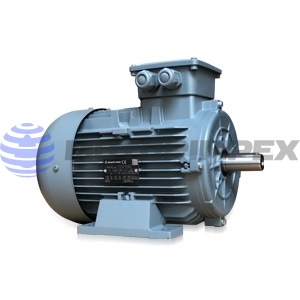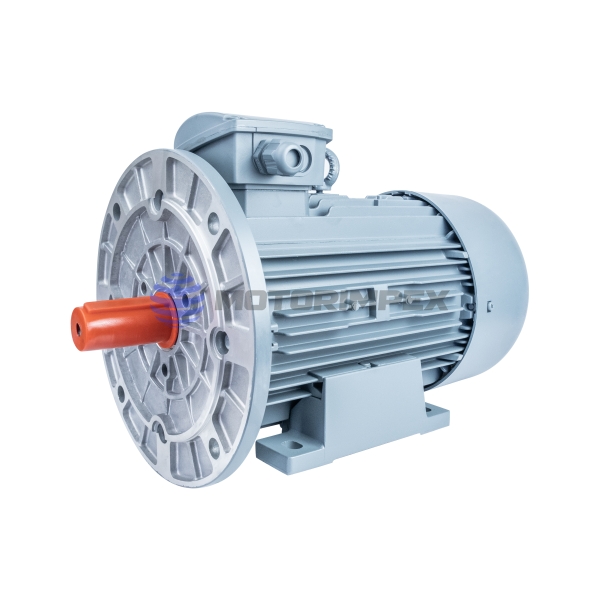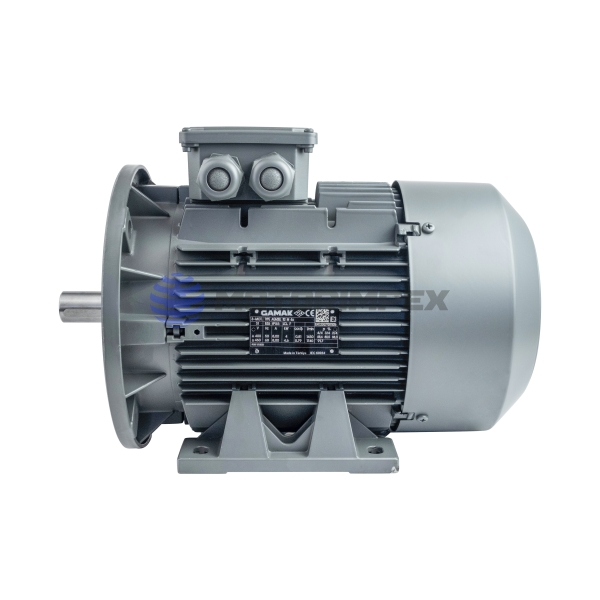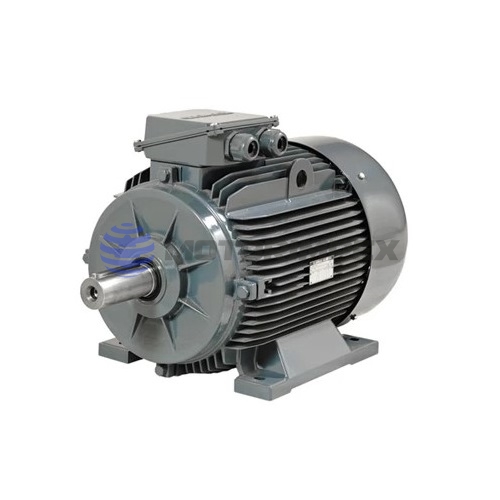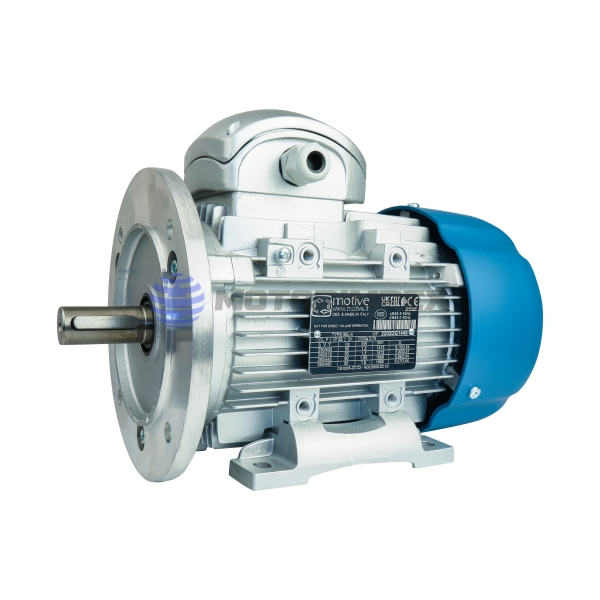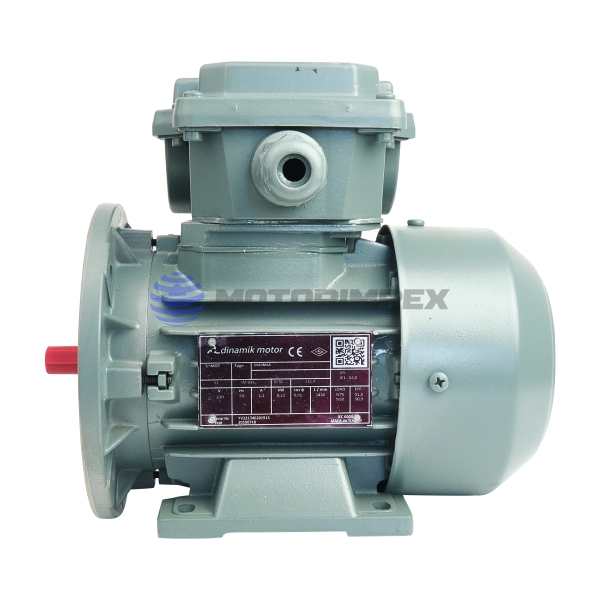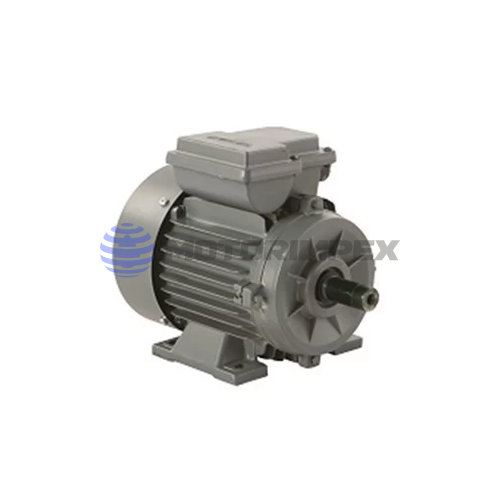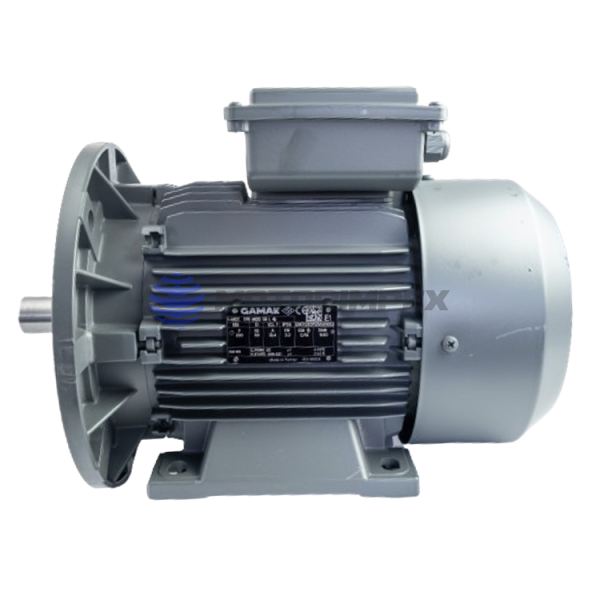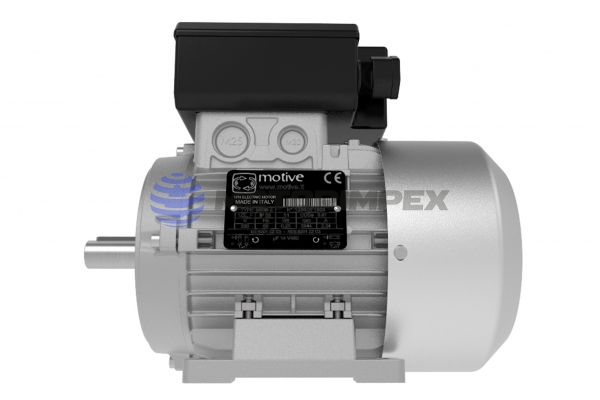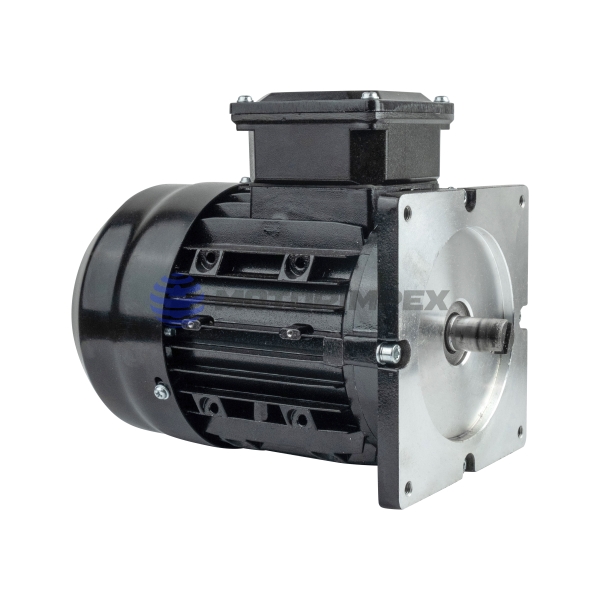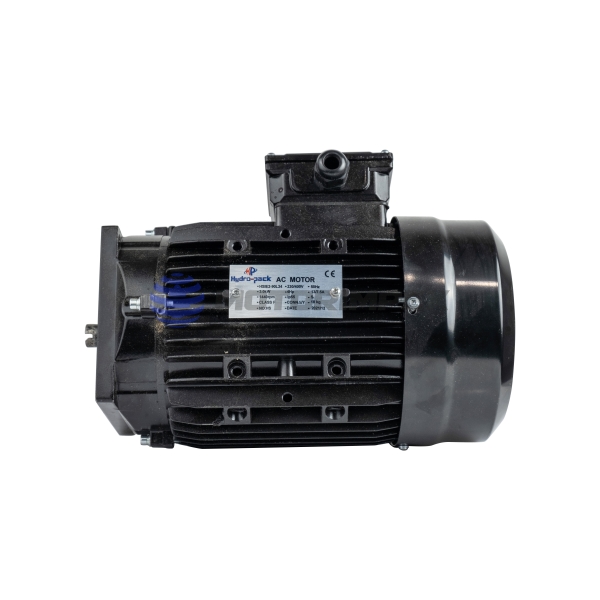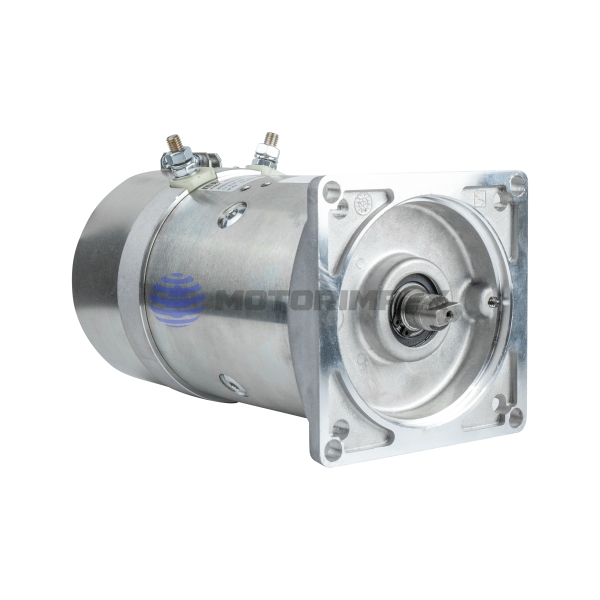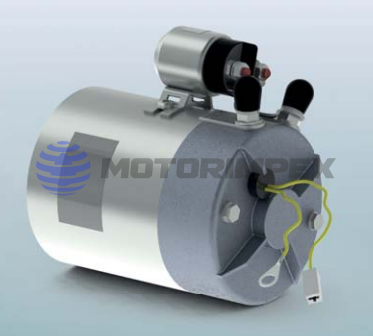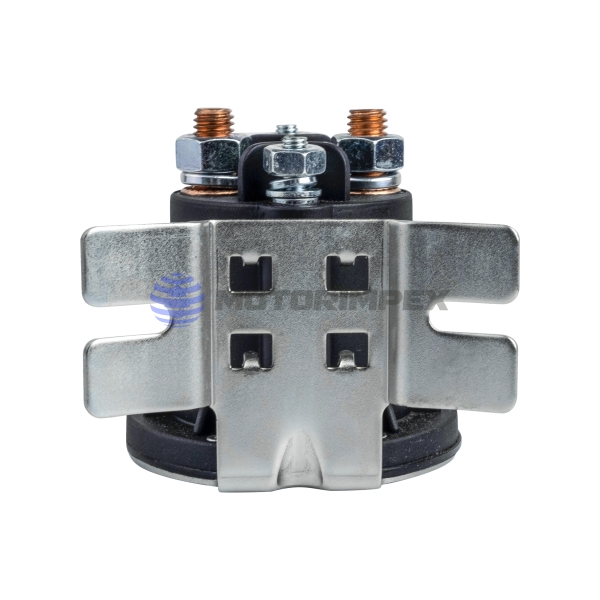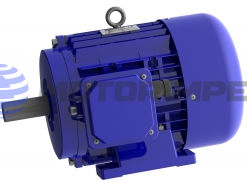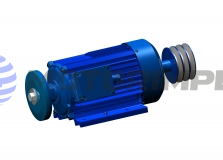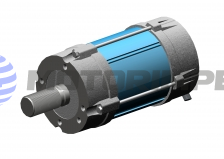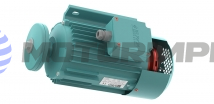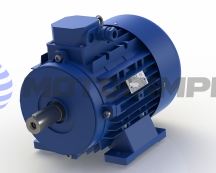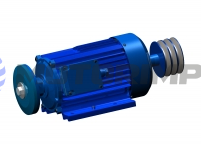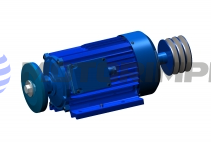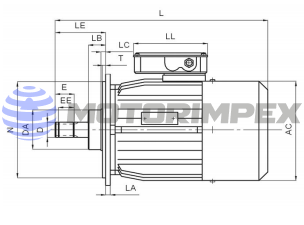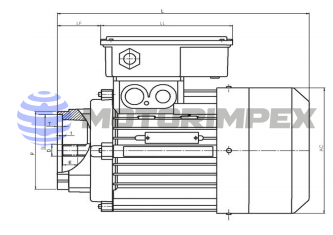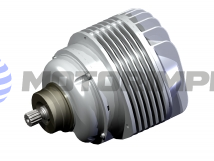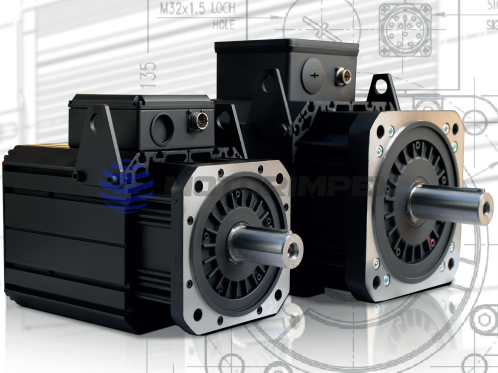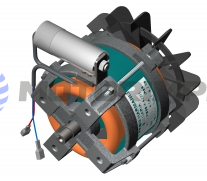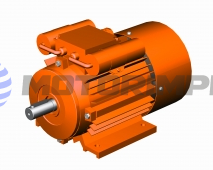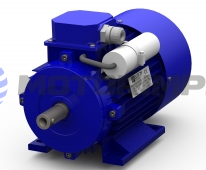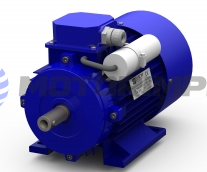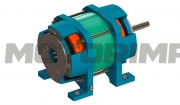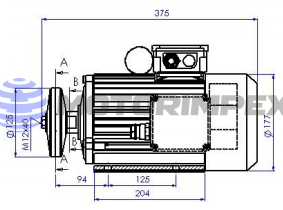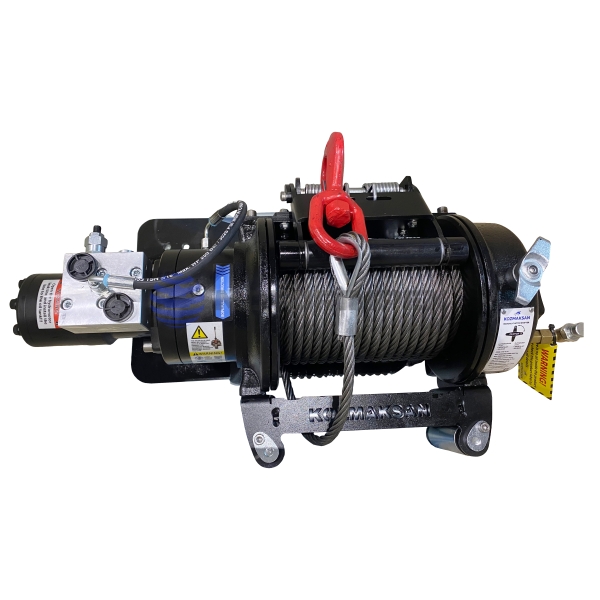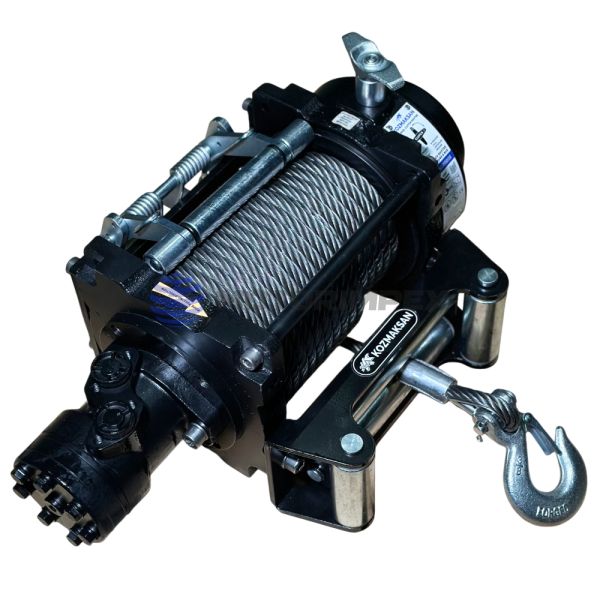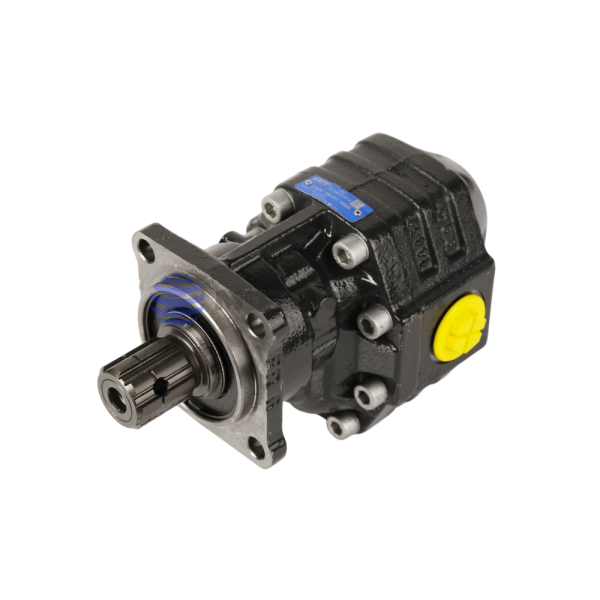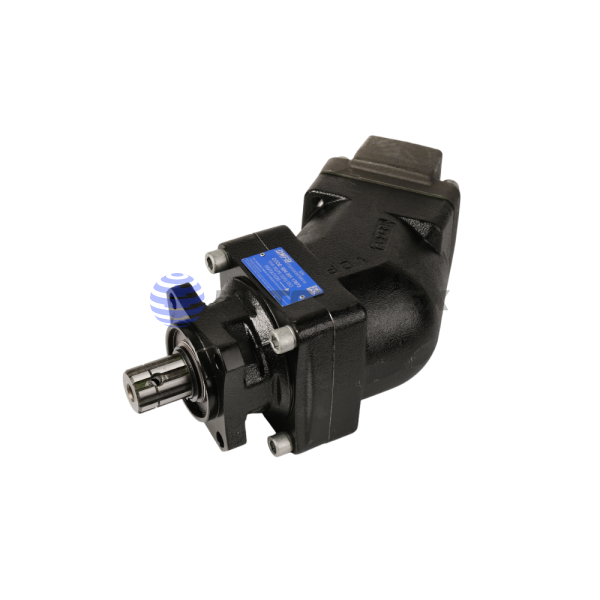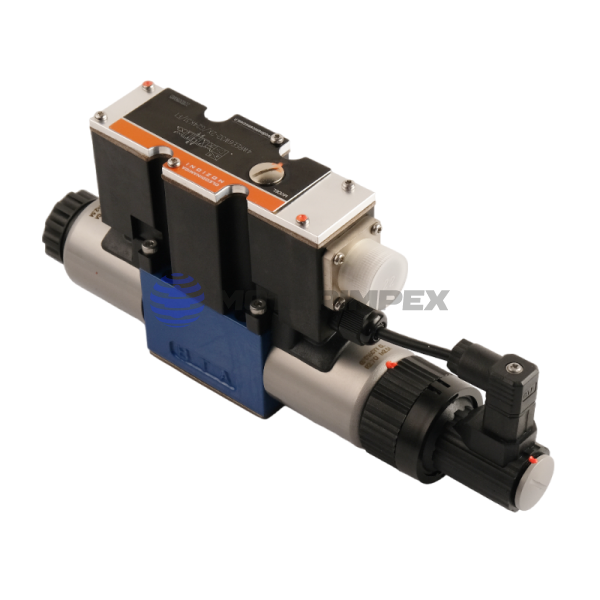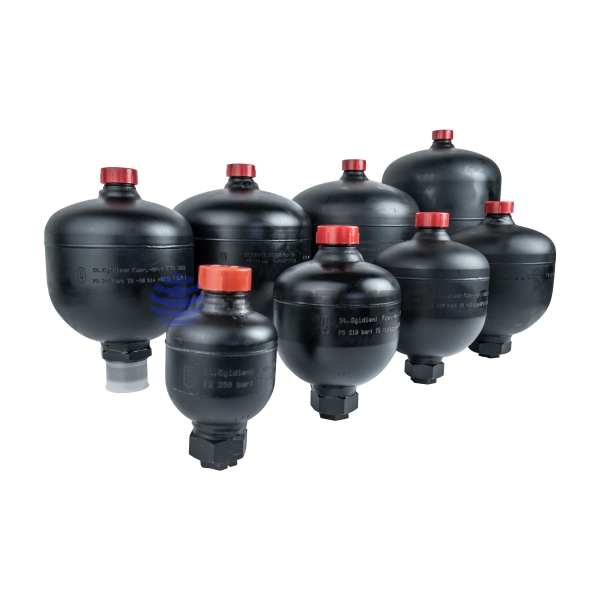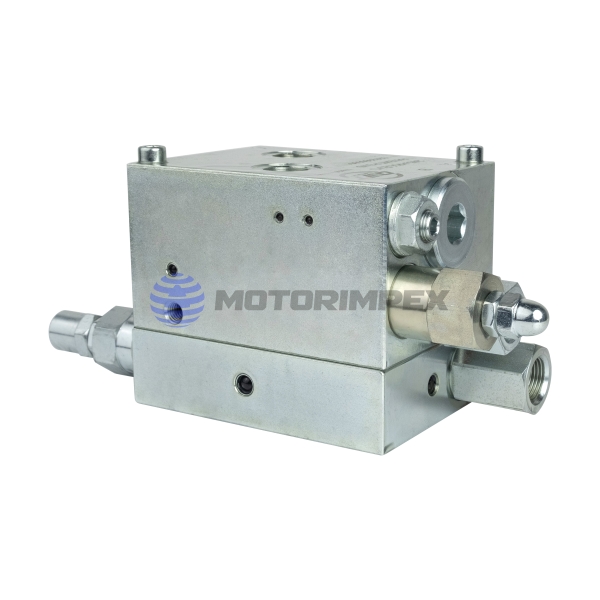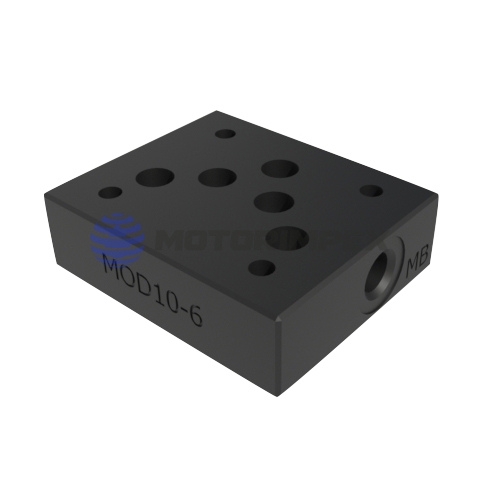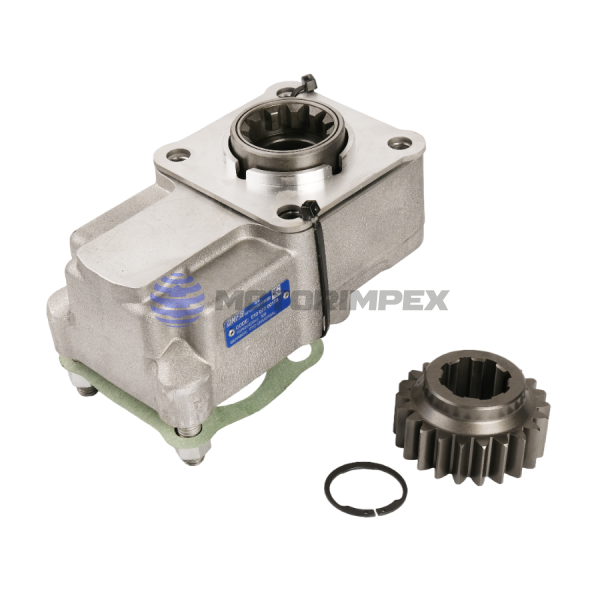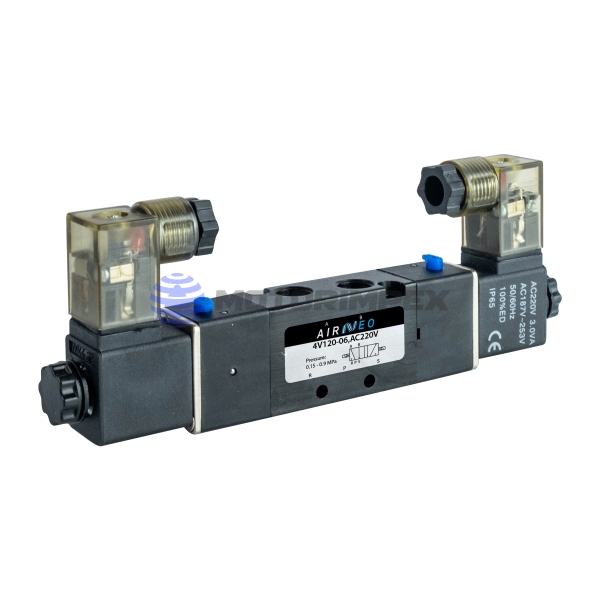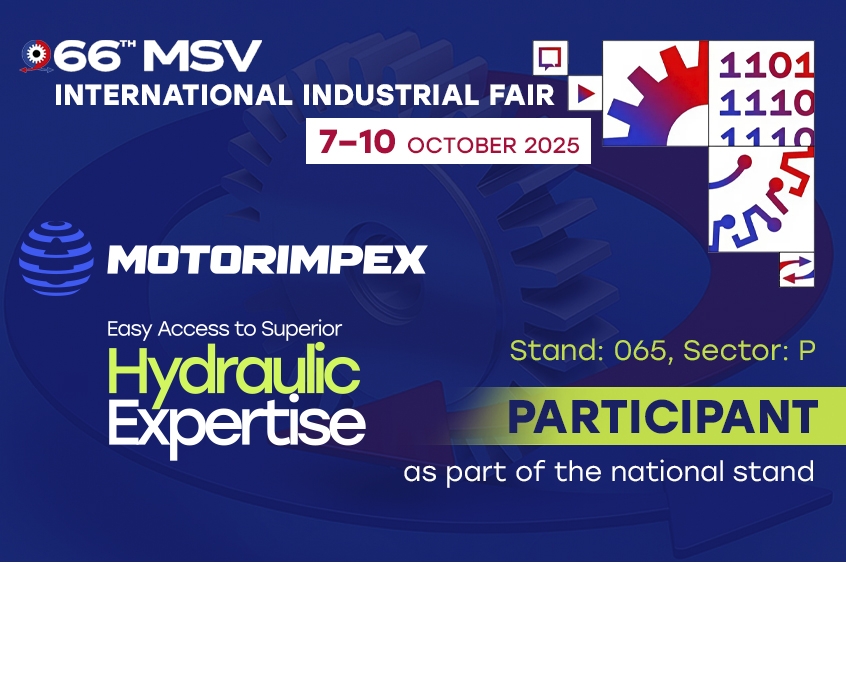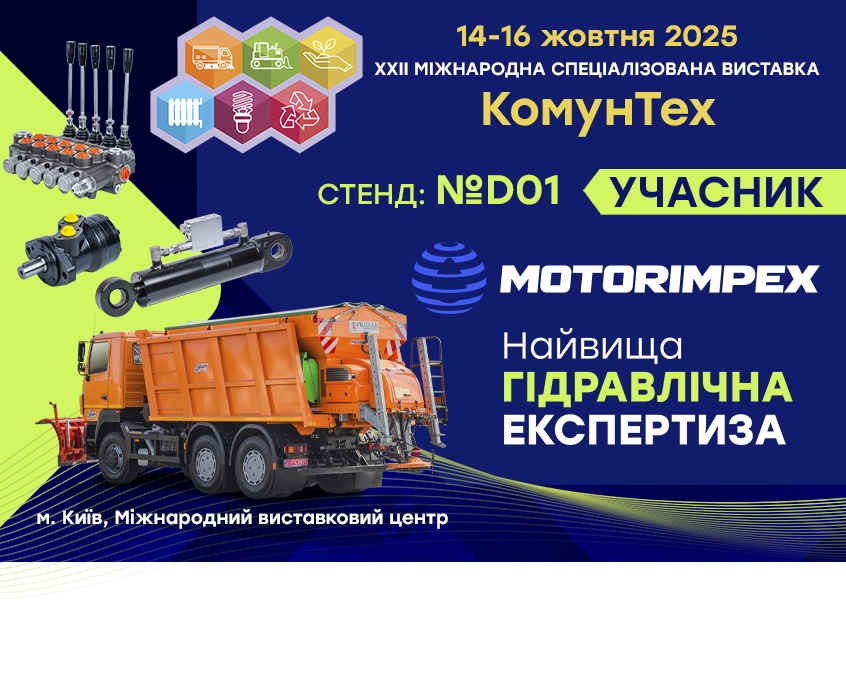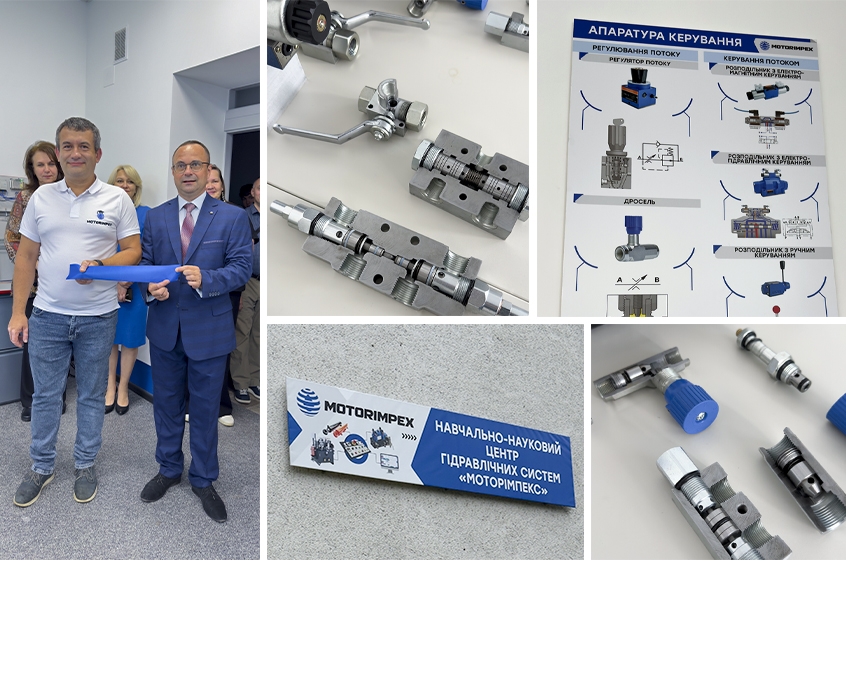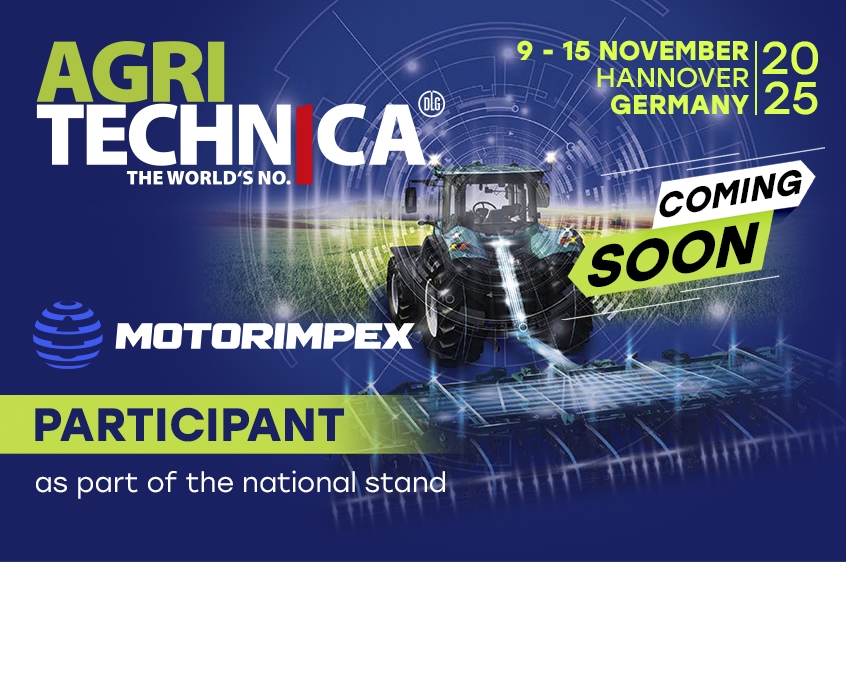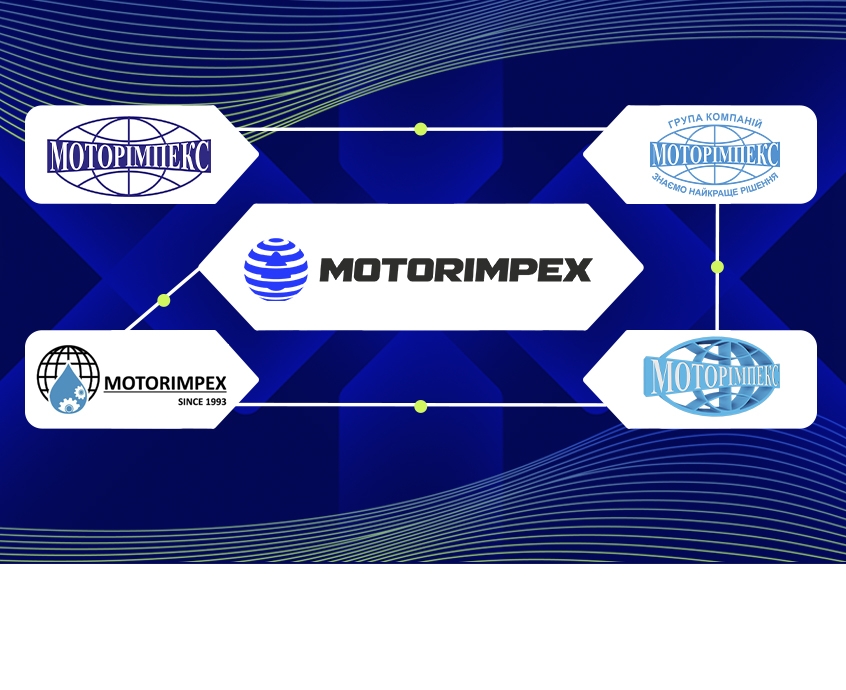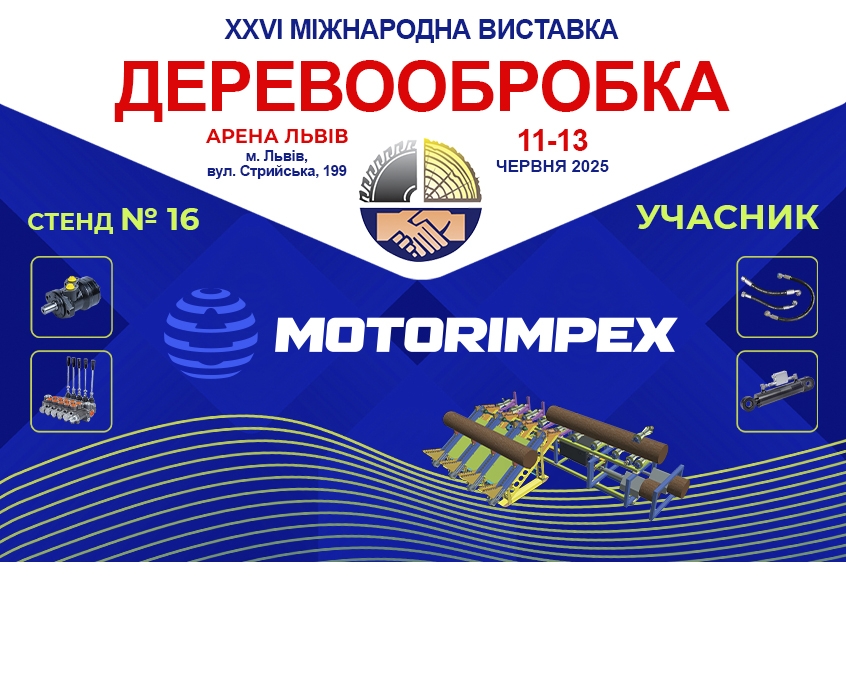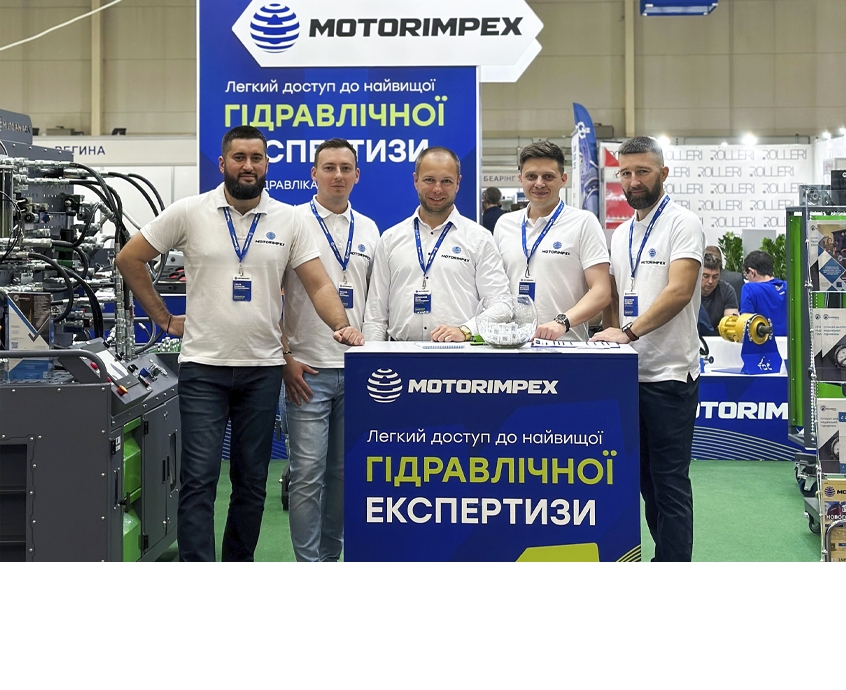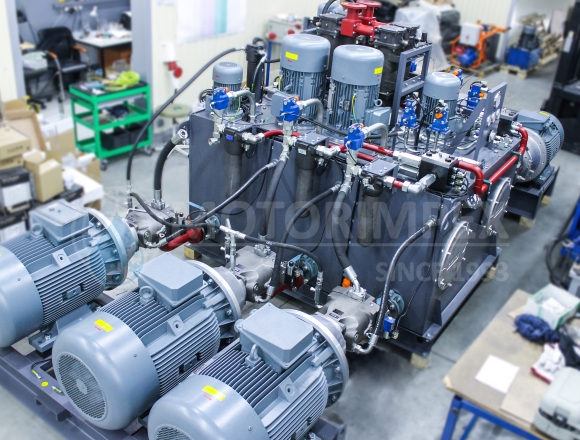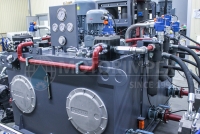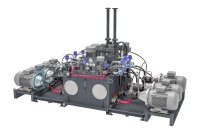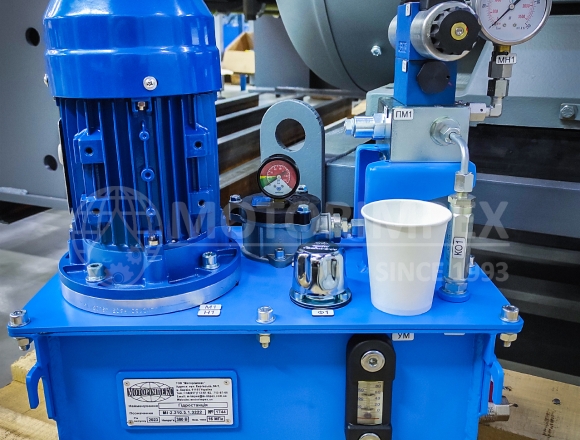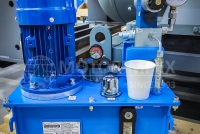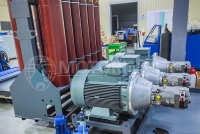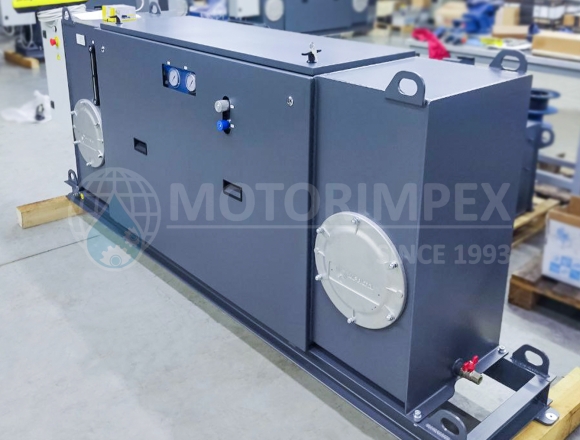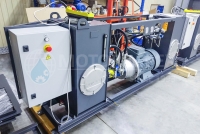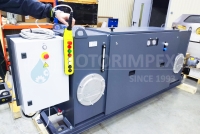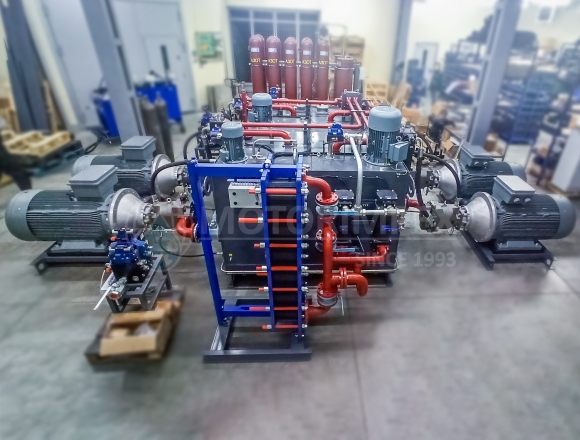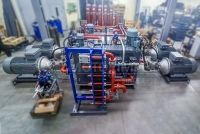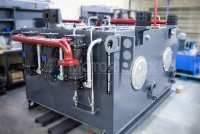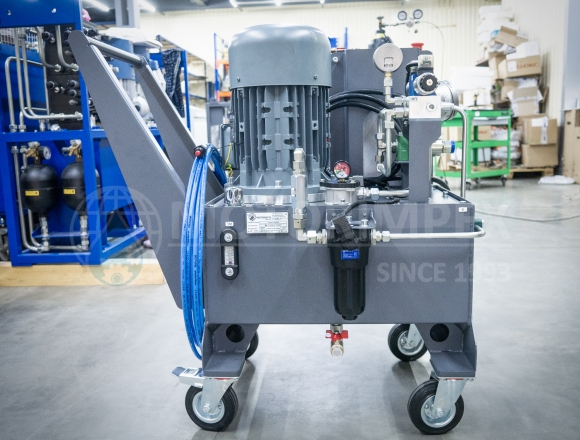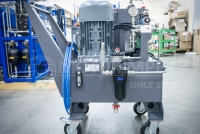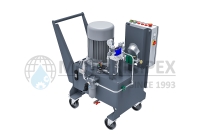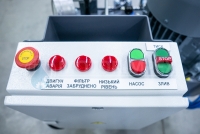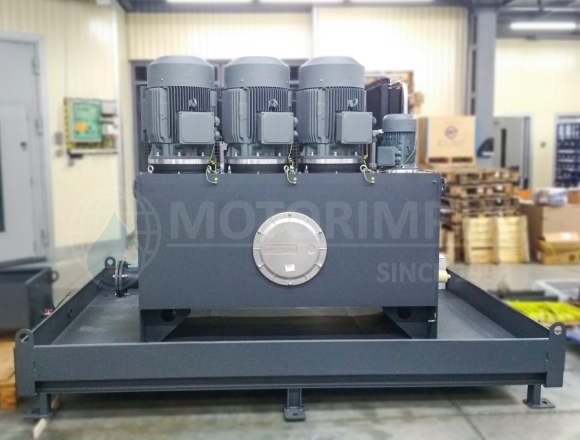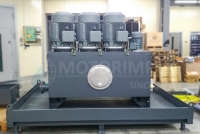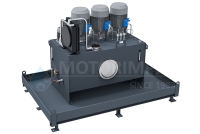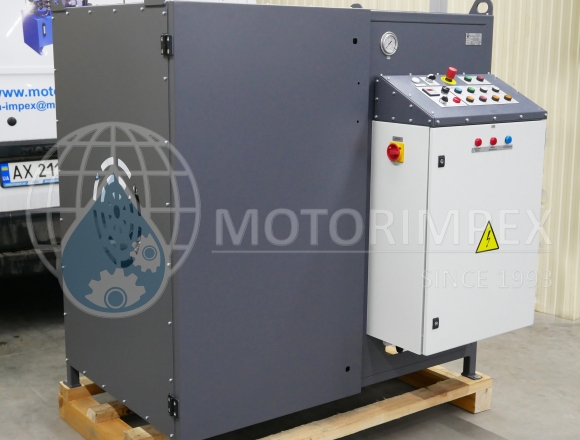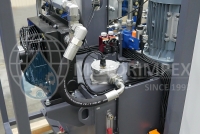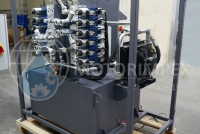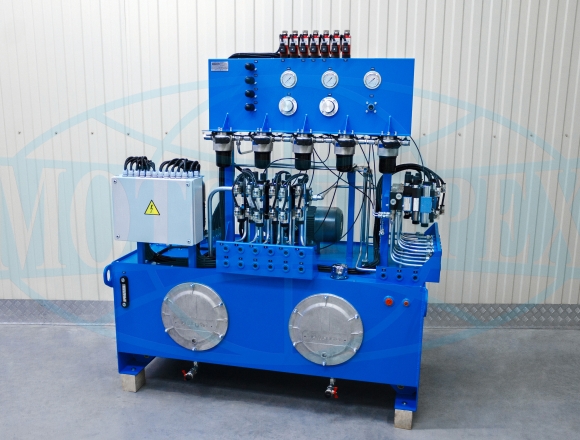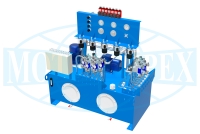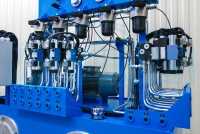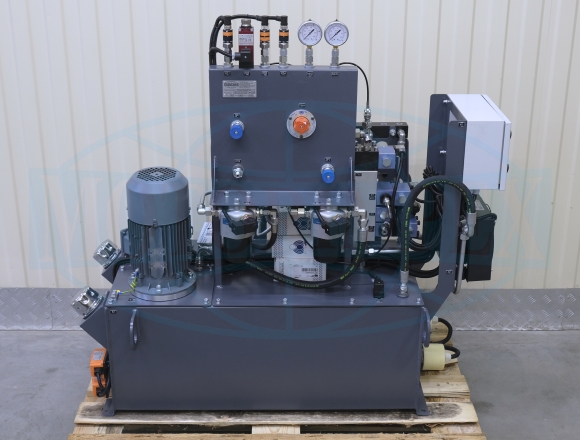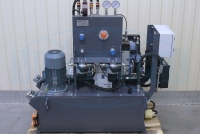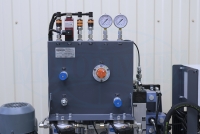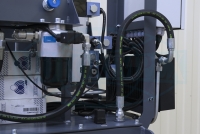
- Hydraulic equipment catalog
- Electric engines
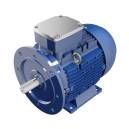
Electric engines
Trading company "Motorimpex" also supplies electric motors for pump-motor units. The listed manufacturers are represented exclusively.
A wide range of models of various power levels is constantly in stock for immediate supply. All products listed in the technical catalogs are available for order.
nominal rotation speed: up to 1470 rev/min
maximum power: 18.5 kW
220–400 V; 50/60 Hz
nominal rotation speed: up to 2981 rev/min
maximum power: 200 kW
400 V; 50 Hz
nominal rotation speed: up to 1475 rev/min
maximum power: 22 kW
400 V; 50 Hz
nominal rotation speed: up to 1490 rev/min
maximum power: 250 kW
400 V; 50 Hz
nominal rotation speed: up to 3000 rev/min
maximum power: 315 kW
400 V; 50/60 Hz
nominal rotation speed: 1430 rev/min
maximum power: 0.12 kW
230 V; 50 Hz
nominal rotation speed: 2900 rev/min
maximum power: 0.75 kW
220 V; 50 Hz
nominal rotation speed: 1440 rev/min
maximum power: 2.2 kW
220 V; 50 Hz
nominal rotation speed: 2824 rev/min
maximum power: 4 kW
230 V; 50/60 Hz
nominal rotation speed: up to 1500 rev/min
maximum power: 4 kW
380 V; 50 Hz
nominal rotation speed: 1500 rev/min
maximum power: 4 kW
220 V; 50 Hz
maximum rotation speed: 3100 rev/min
maximum power: 3 kW
12-48 V
maximum rotation speed: 3450 rev/min
maximum power: 3 kW
220-400 V; 50 Hz
maximum power: 3 kW
flanges B5, B14, B35
nominal rotation speed: 3000 rev/min
maximum power: 18.5 kW
230–400 V; 50 Hz
nominal rotation speed: 2900 rev/min
maximum power: 10 kW
230–690 V ; 50 Hz
nominal rotation speed: up to 1720 rev/min
maximum power: 4 kW
400 V; 50 Hz
flanges B5, B14, B35
nominal rotation speed: 3000 rev/min
maximum power: 11 kW
230 V; 50 Hz
flange B5
nominal speed: up to 3450 rev/min
maximum power: 4 kW
230 V; 50 Hz
maximum rotation speed: 4500 rev/min
maximum power: 11 kW
400 V; 50 Hz
nominal rotation speed: up to 2730 rev/min
maximum power: 5.5 kW
230–400 V; 50 Hz
nominal rotation speed: 2750 rev/min
maximum power: 5.5 kW
230–690 V; 50 Hz
nominal rotation speed: up to 1445 rev/min
maximum power: 7.5 kW
nominal rotation speed: up to 2910 rev/min
maximum power: 1.1 kW
nominal rotation speed: 1440 rev/min
maximum power: 0.55 kW
nominal rotation speed: up to 1340 rev/min
maximum power: 0.55 kW
380–400 V; 50 Hz
nominal rotation speed: 6000 rev/min
maximum power: 108 kW
230–400 V ; 50 Hz
nominal rotation speed: up to 2710 rev/min
maximum power: 0.455 kW
230 V; 50 Hz
flanges B5, B14, B35
nominal rotation speed: 2880 rev/min
maximum power: 3 kW
230 V; 50 Hz
flanges B5, B14, B35
nominal rotation speed: up to 2890 rev/min
maximum power: 1.5 kW
230 V; 50 Hz
flanges B5, B14, B35
nominal rotation speed: 2880 rev/min
maximum power: 3 kW
230 V; 50 Hz
flange B5
nominal rotation speed: up to 2840 rev/min
maximum power: 3 kW
230 V; 50 Hz
nominal rotation speed: 2700 rev/min
maximum power: 3.5 kW
230 V; 50 Hz
Category description
Electric engines
Electric engine is an electric device (electric converter) where electric energy turns into mechanic.
Electric motor device
- stator is a stationary part, the functional characteristics of which depend on the type of electric motor. It has both the ability to generate a stationary magnetic field and the ability to create a rotating magnetic field;
- rotor is the movable part of the electric motor, which can contain windings on the core, permanent magnets and a short-circuited winding.
When the magnetic fields of the rotor and stator interact, a torque appears in the electric motor, which contributes to the movement of the motor rotor. Thus, the kinetic energy, which is supplied to the motor windings, is converted into mechanical rotational energy, which helps to set the mechanisms in motion.
Principle work of electric engines
A distinctive feature of electric motors is the property of reversibility: each electric generator can perform the tasks of the engine and vice versa, in each transformer and machine converter of electrical energy, the direction of energy conversion is reversed.
The transformation of energy in electric motors is inextricably linked with its losses as a result of magnetization reversal of ferromagnetic cores, friction in bearings, and the passage of current through conductors. Despite the large amount of power consumption, electric motors are considered absolute energy converters with very high efficiency. Electric motors have high energy performance, ease of maintenance, the ability to produce electric motors of various speeds and capacities.
Fields of application of electric engines
Electric engines are widely used in woodworking, mining, metallurgy, energy, transport, many types of tools, machine tool drives and many other industries.
Motorimpex company is leader in sailing of electric engines and different hydraulic equipment.
Among the range of our products, you can order electric engines:
pulling force: 6.8 t
flow rate: 60 l/min
working pressure: 155 bar
rope: 25 m x Ø 12 mm
pulling force: 4.5 t
motor displacement: 50 cm3/rev
flow rate: 5 - 45 l/min
rope: 25 m x Ø 10 mm
maximum working pressure: 290 bar
maximum displacement: 122.72 cm3/rev
maximum working pressure: 400 bar
maximum displacement of section: 75.1 cm3/rev
DN 6, 10
maximum working pressure: 315 bar
maximum flow rate: 180 l/min
capacity: 0.075–4 l
maximum working pressure: 350 bar
G3/8
maximum working pressure: 350 bar
DN 10
G1/4
maximum working pressure: 350 bar
maximum flow rate: 120 l/min
for ZF trucks
maximum continuous torque: 300 N∙m
G1/8, М5х0,8, G1/4, G3/8, G1/2
scheme: 5/2, 5/3
max. number of cycles per sec.: 5
response time: 0,05 sec
